After ChatGPT launched its new AI photo generation feature, social media was flooded with images in the style of the Japanese animation studio Ghibli.
A day after ChatGPT integrated its new AI photo-generating feature, social media was flooded with Ghibli-style images. Ghibli is a Japanese animation studio founded in 1985 by Hayao Miyazaki and Isao Takahata, behind classics such as Spirited Away, My Neighbor Totoro, Grave of the Fireflies, etc.
ChatGPT users have turned everything from Elon Musk to Lord of the Rings characters to US President Donald Trump into Ghibli cartoons. Even OpenAI CEO Sam Altman has used the style as his X profile picture.
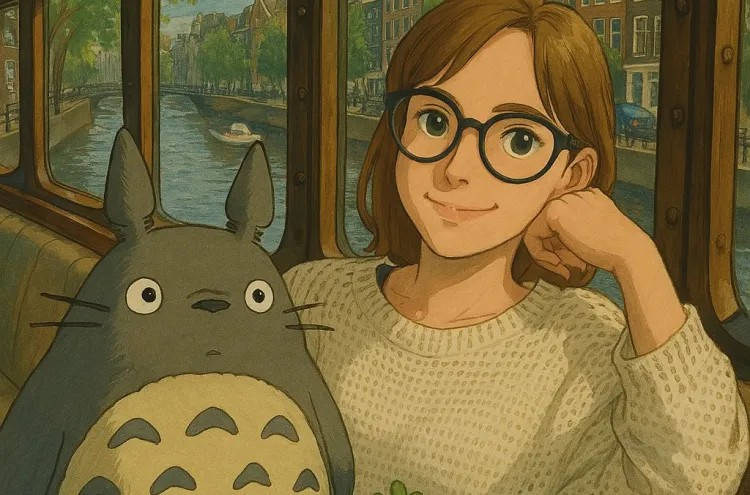
In early March 2025, ChatGPT's competitor – Google Gemini Flash – caused controversy by allowing people to remove watermarks from images.
According to TechCrunch, the latest tools from OpenAI and Google make it easier than ever to replicate the style of copyrighted works, with just a text prompt. But the real concern is how they’re trained to replicate these styles. Are companies training on copyrighted works, and if so, are they violating copyright laws?
This question is central to several ongoing lawsuits between authors and copyright owners against generative AI models.
Products like ChatGPT’s image generator operate in a legal “gray area,” says Evan Brown, an intellectual property attorney at Neal & McDevitt. Style isn’t explicitly protected, meaning OpenAI—the owner of ChatGPT—is unlikely to be breaking the law by creating Ghibli-style images.
However, the lawyers argued that OpenAI could do so because it trained the model on millions of frames from the studio's films.
The New York Times and other publishers are suing OpenAI, alleging the company trained AI models on copyrighted works without paying for them. Other companies, including Meta, Midjourney, and others, have also been sued in separate lawsuits.
In a statement to the media, an OpenAI spokesperson said ChatGPT refuses to copy “the styles of living artists” but allows “the styles of studios.” It’s worth noting, though, that artists like Ghibli co-founder Hayao Miyazaki have shaped the style of that studio.
Notably, in 2016, when watching a demonstration of a 3D model with movements performed by AI instead of humans, Miyazaki said: “I would never want to put this technology into my works. I feel that it is an insult to life itself.”
When testing different AI image generators like Gemini, xAI Grok, Playground.ai, TechCrunch found that OpenAI's new tool produced the most Ghibli-like style.
Despite lawsuits, outrage, and controversy, AI has generally made its way into creative industries, including animation. Anime, which requires thousands of frames of meticulously drawn animation, is notoriously grueling. Some studios have integrated AI into their workflows to lighten the load for artists. But completely copying someone’s style is another story entirely, according to 404Media.
(According to TechCrunch, 404 Media)
Source: https://vietnamnet.vn/tranh-cai-dao-nhai-phong-cach-ghibli-khi-tao-anh-bang-chatgpt-2385386.html


![[Photo] 2nd Conference of the Party Executive Committee of Central Party Agencies](https://vstatic.vietnam.vn/vietnam/resource/IMAGE/2025/3/31/8f85b88962b34701ac511682b09b1e0d)
![[Photo] Speeding up construction of Ring Road 3 and Bien Hoa-Vung Tau Expressway](https://vstatic.vietnam.vn/vietnam/resource/IMAGE/2025/3/31/f1431fbe7d604caba041f84a718ccef7)
![[Photo] General Secretary To Lam receives US Ambassador to Vietnam Marc E. Knapper](https://vstatic.vietnam.vn/vietnam/resource/IMAGE/2025/3/31/5ee45ded5fd548a685618a0b67c42970)
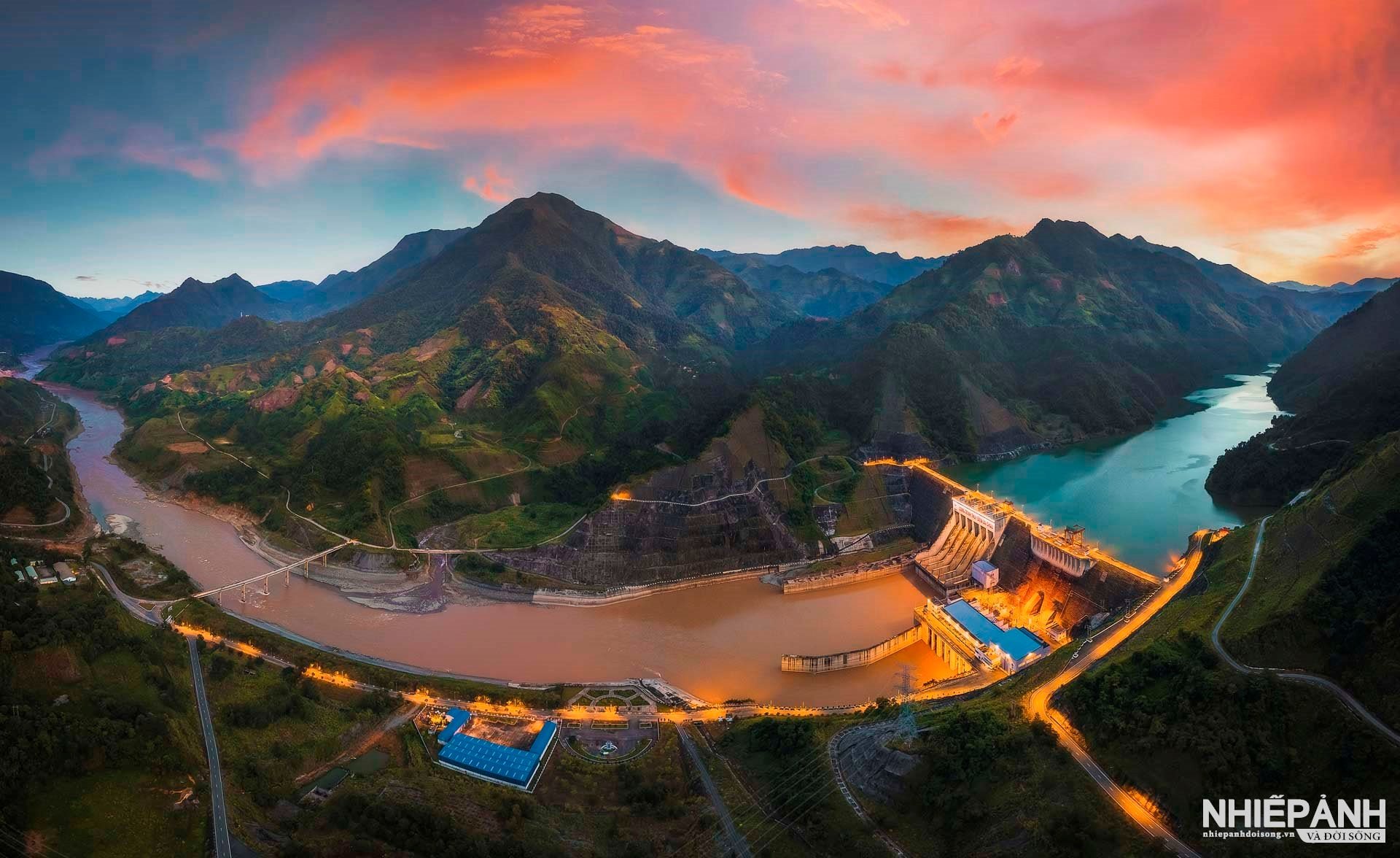

![[Photo] Prime Minister Pham Minh Chinh receives delegation of leaders of US universities](https://vstatic.vietnam.vn/vietnam/resource/IMAGE/2025/3/31/8be7f6be90624512b385fd1690124eaa)
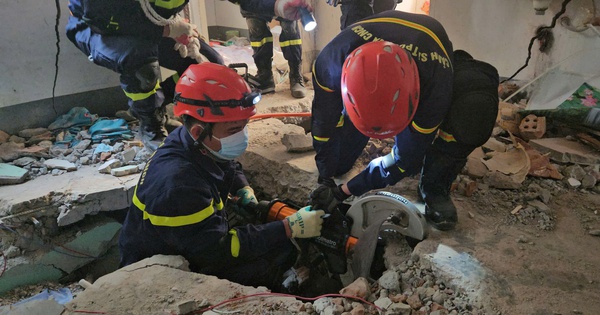
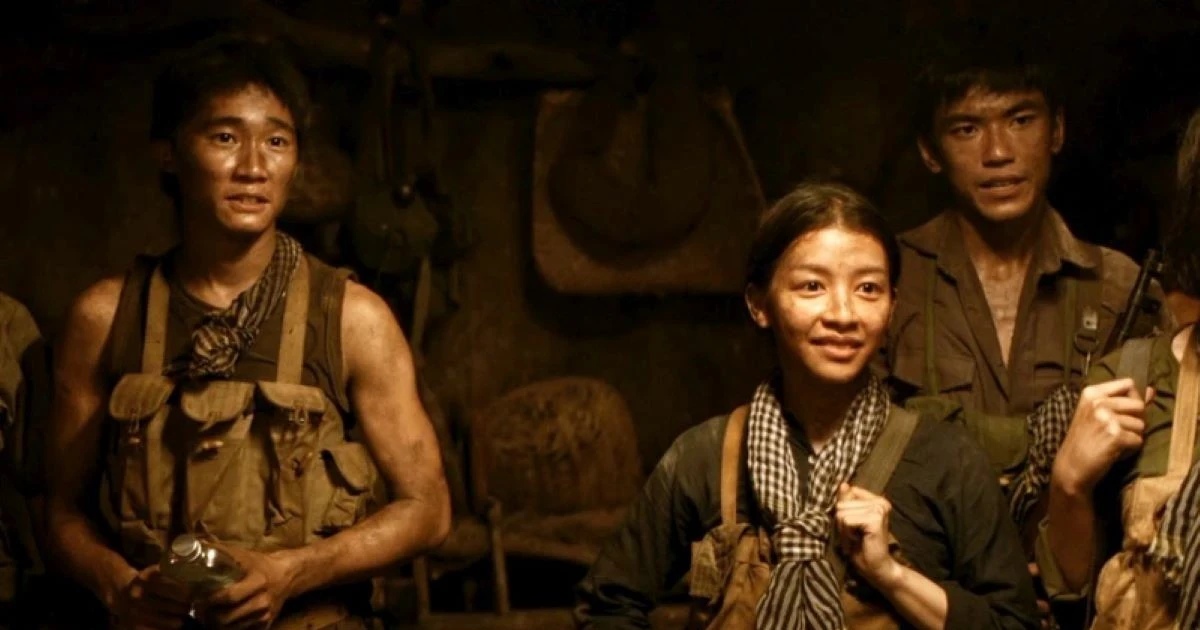
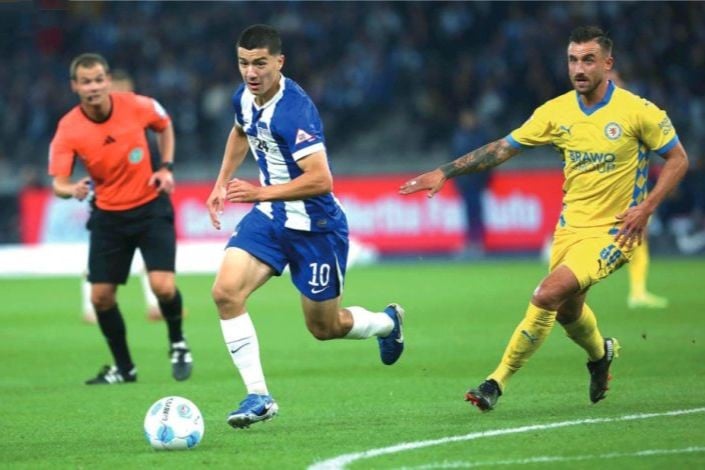
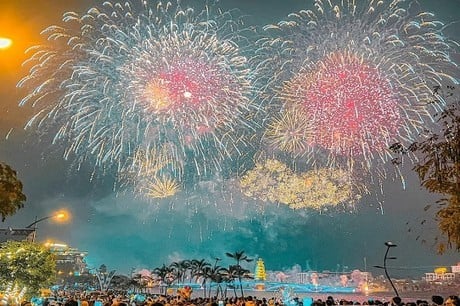
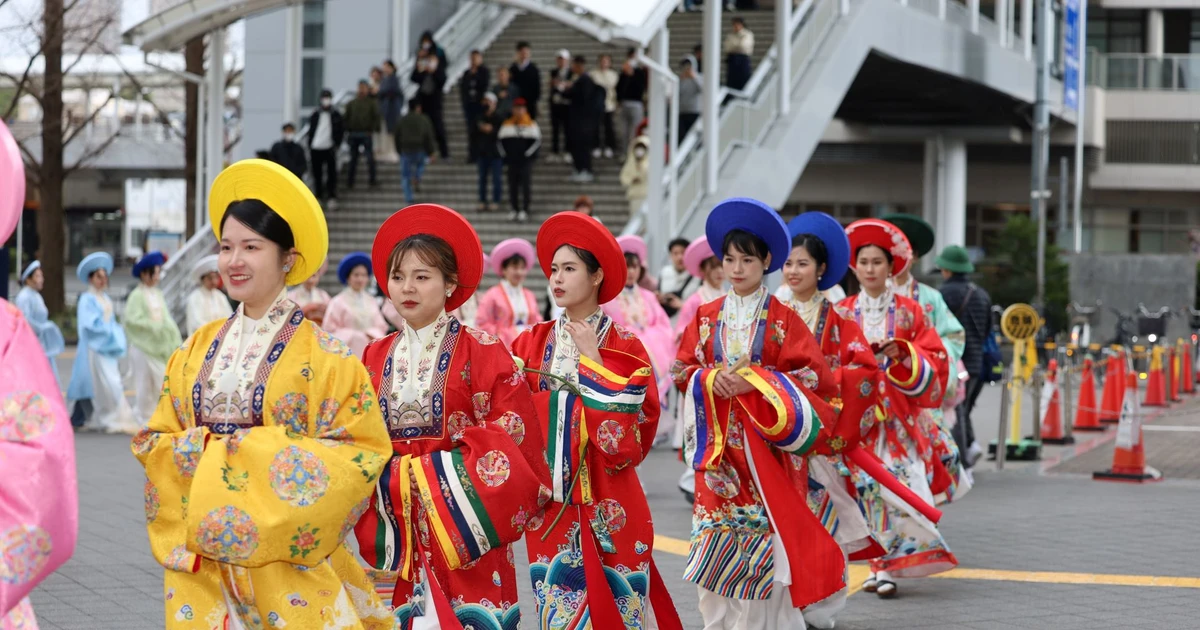




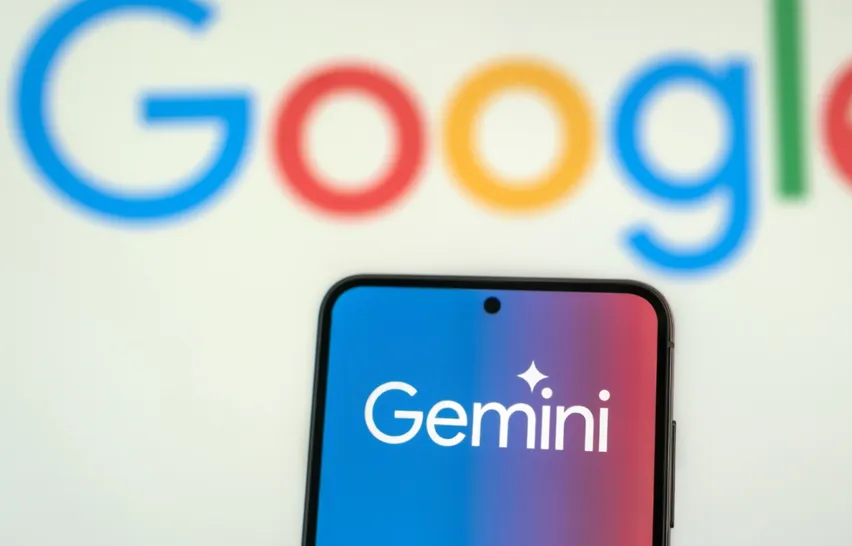
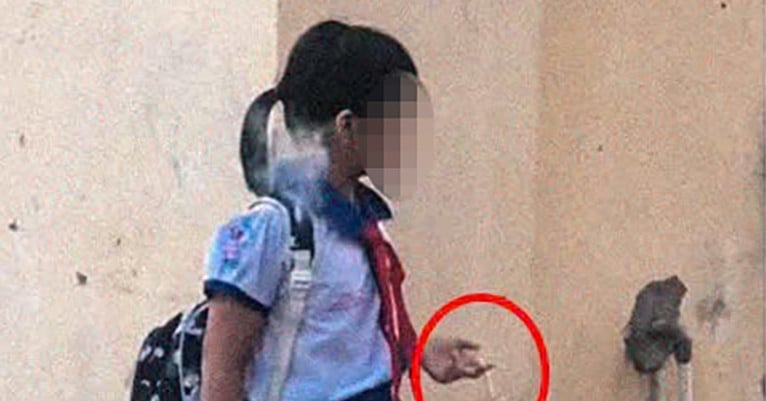
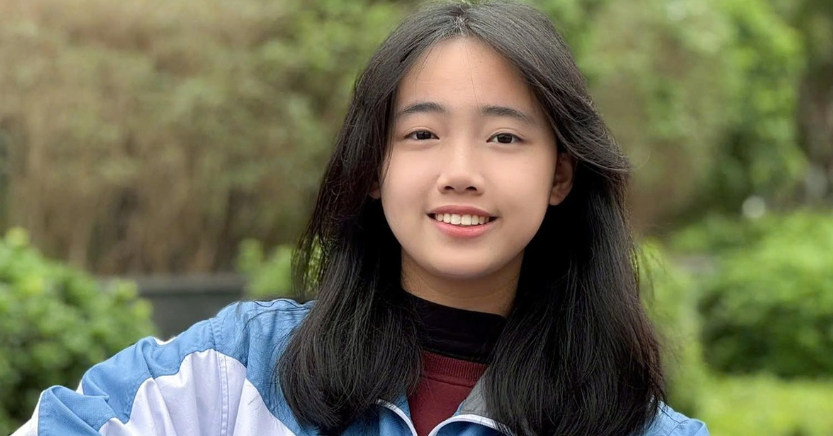
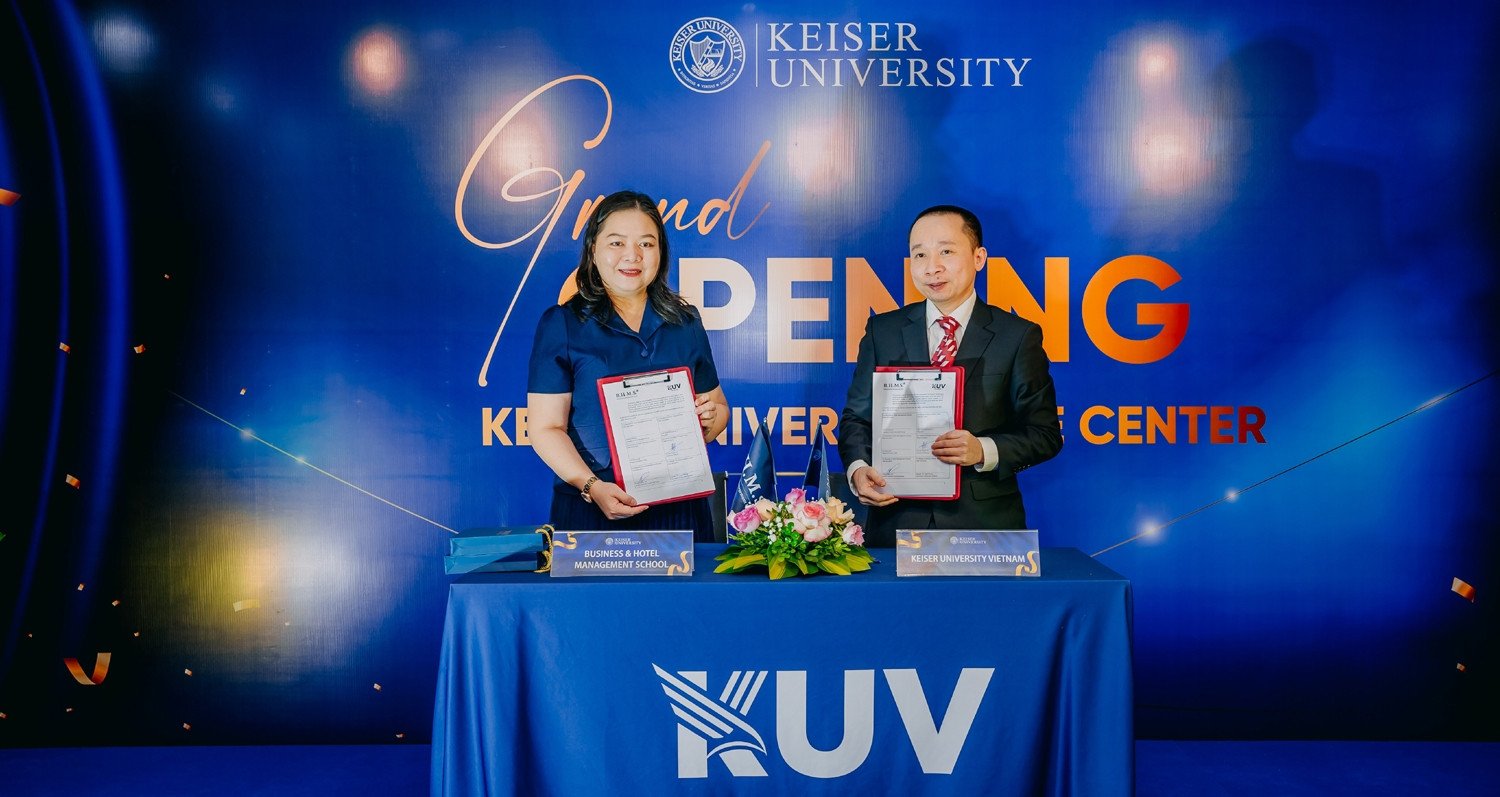
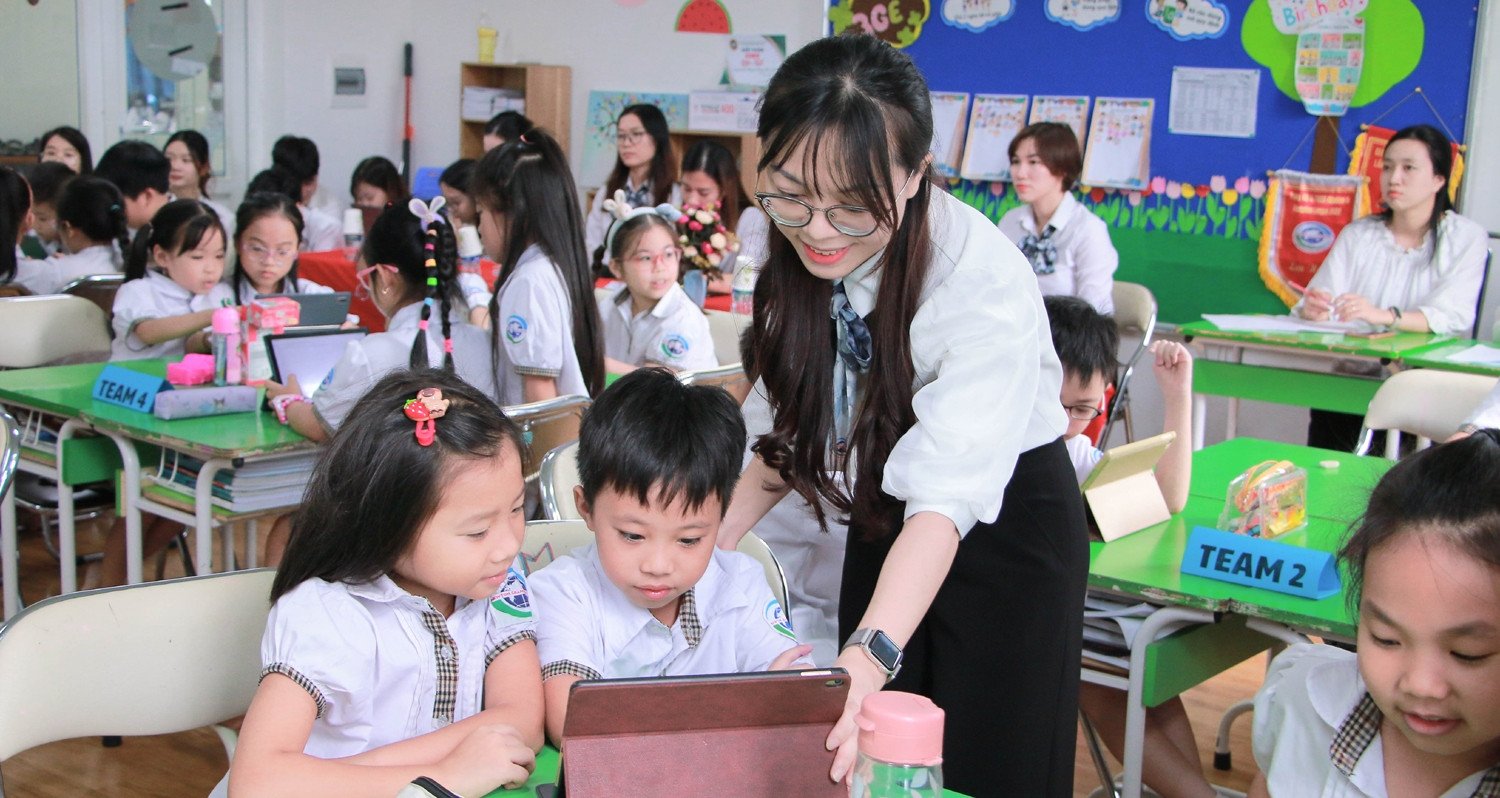


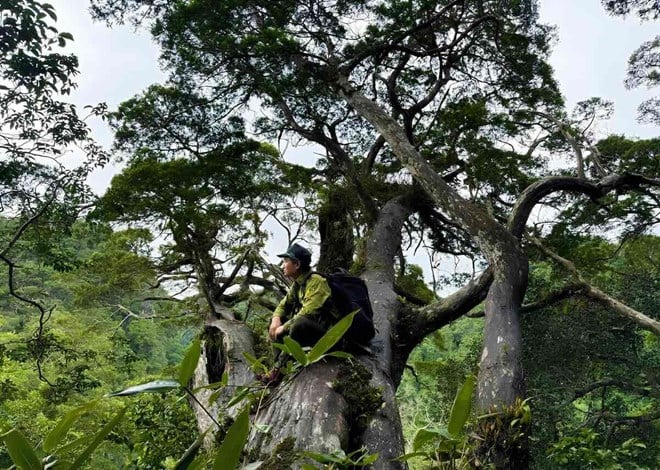

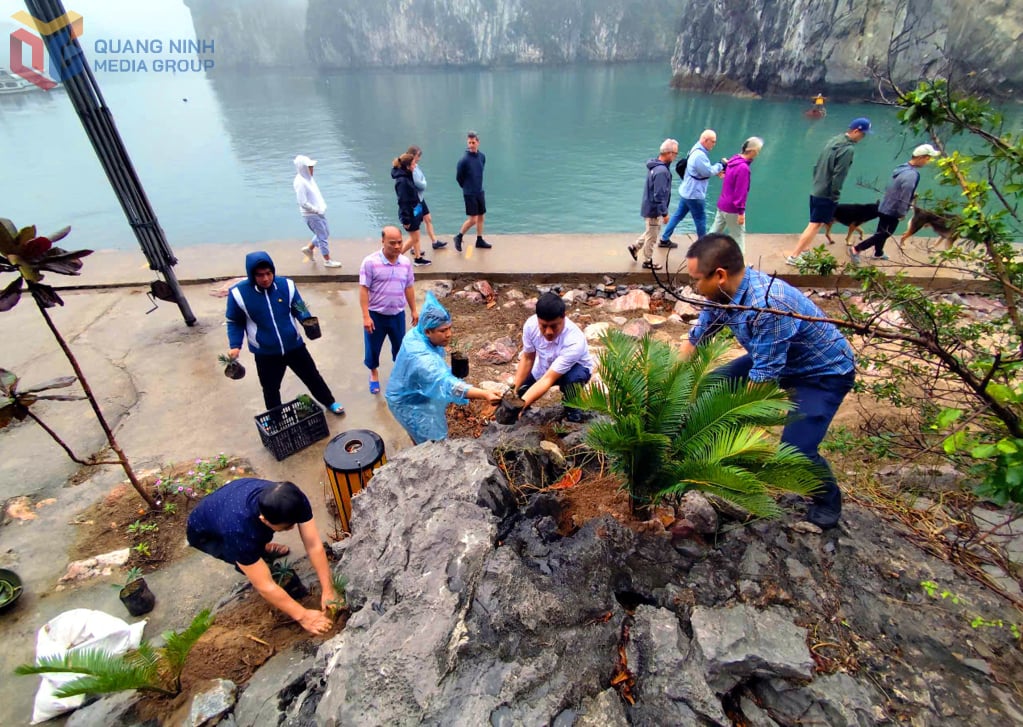

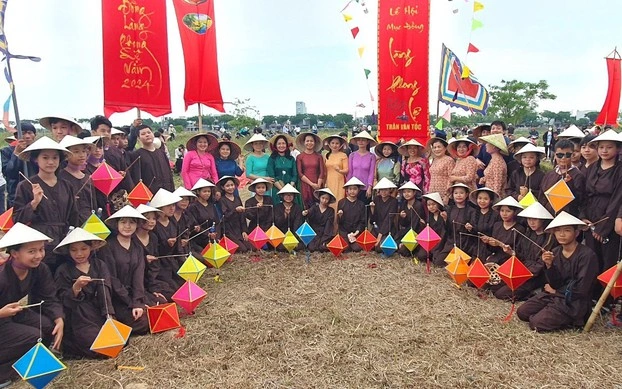







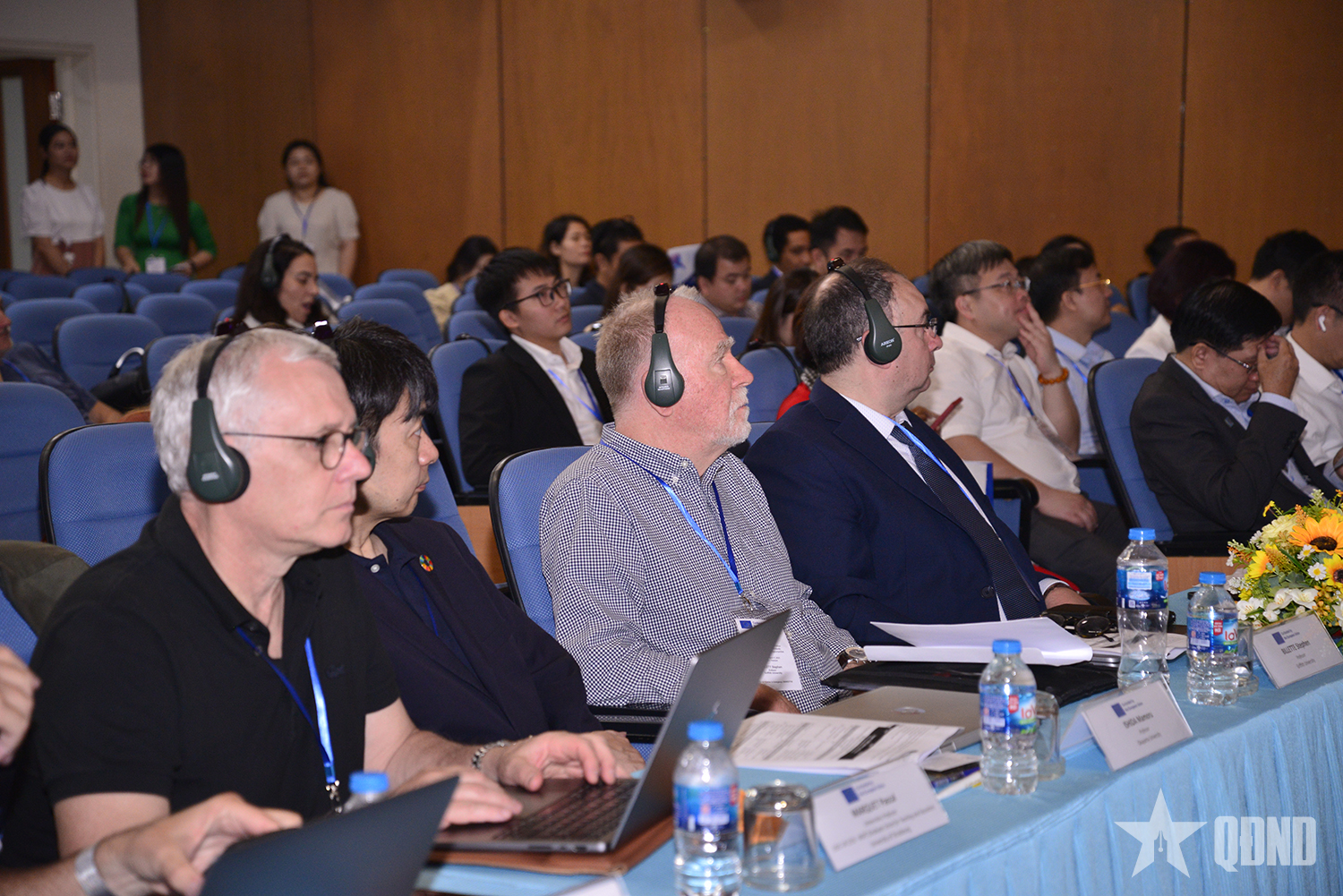

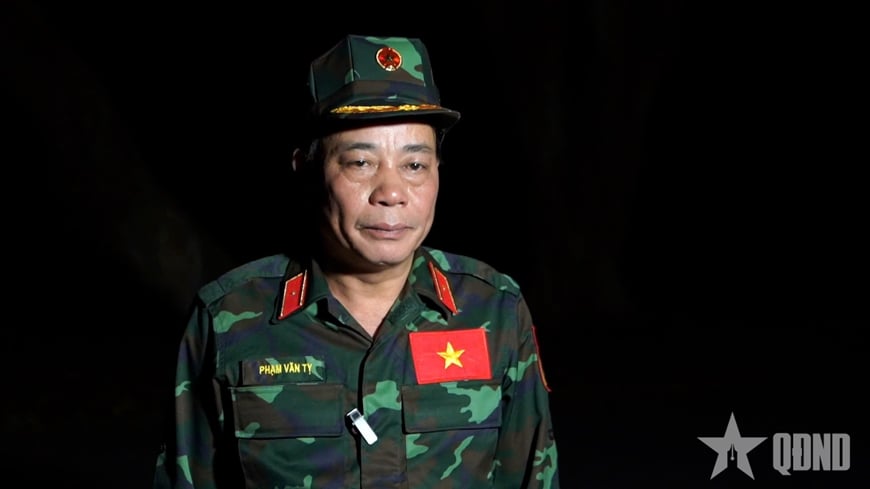
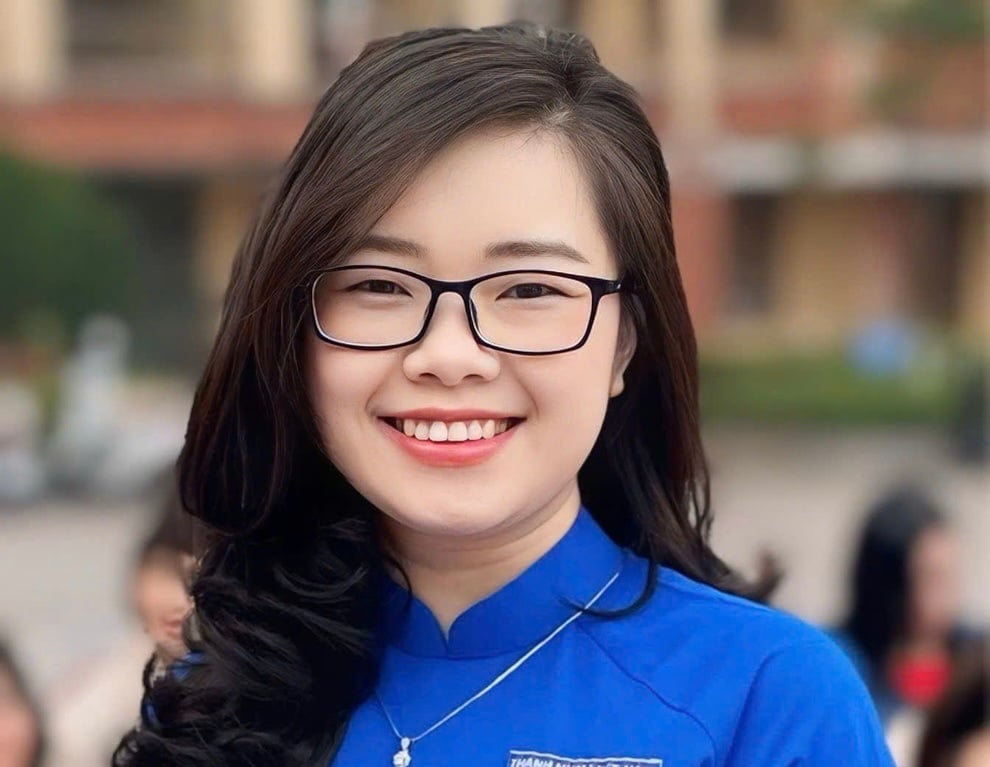

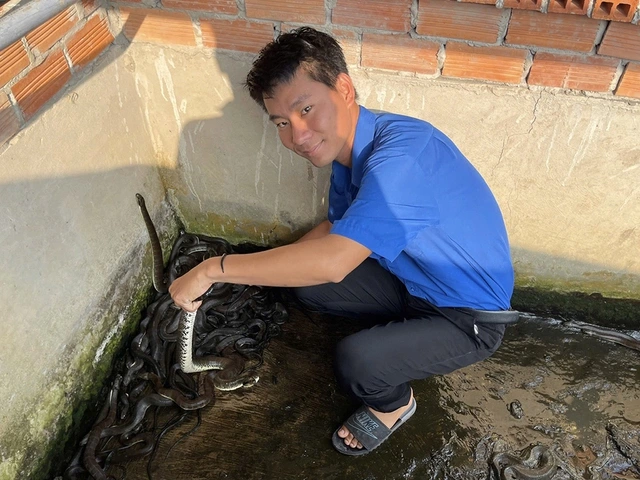


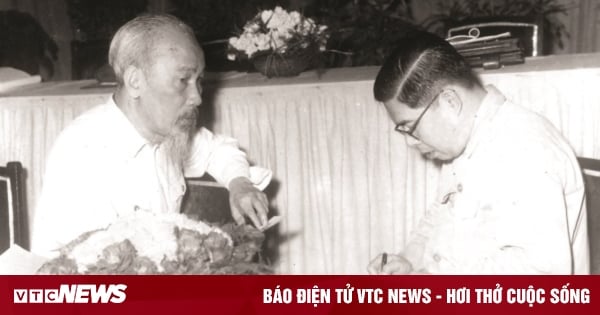










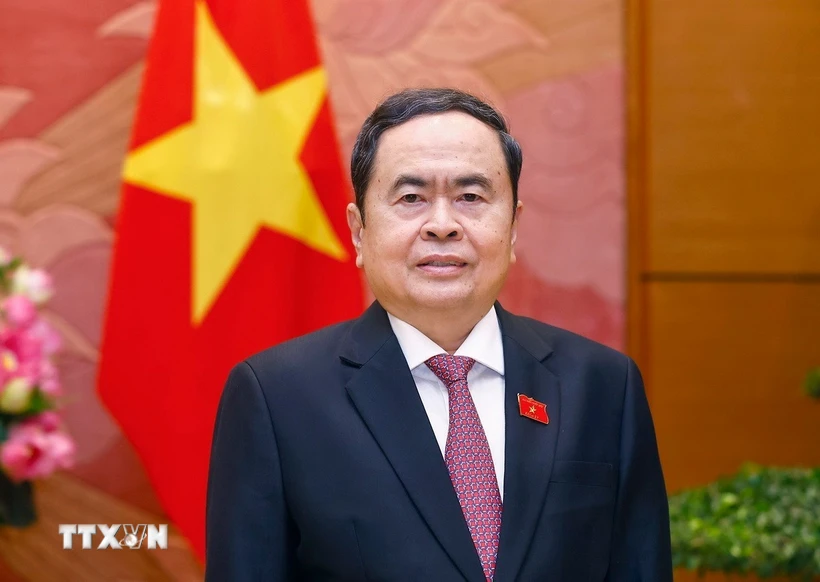

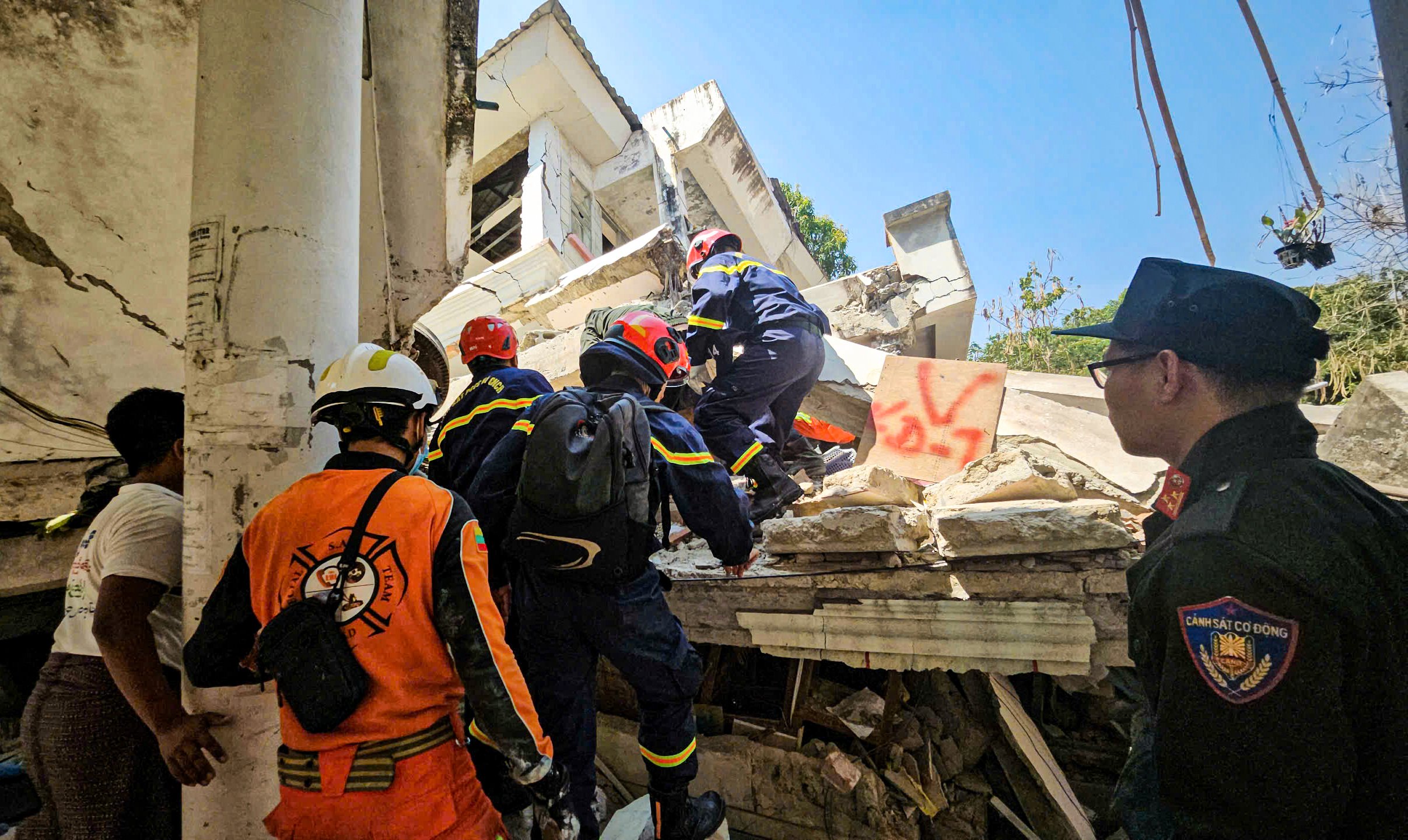
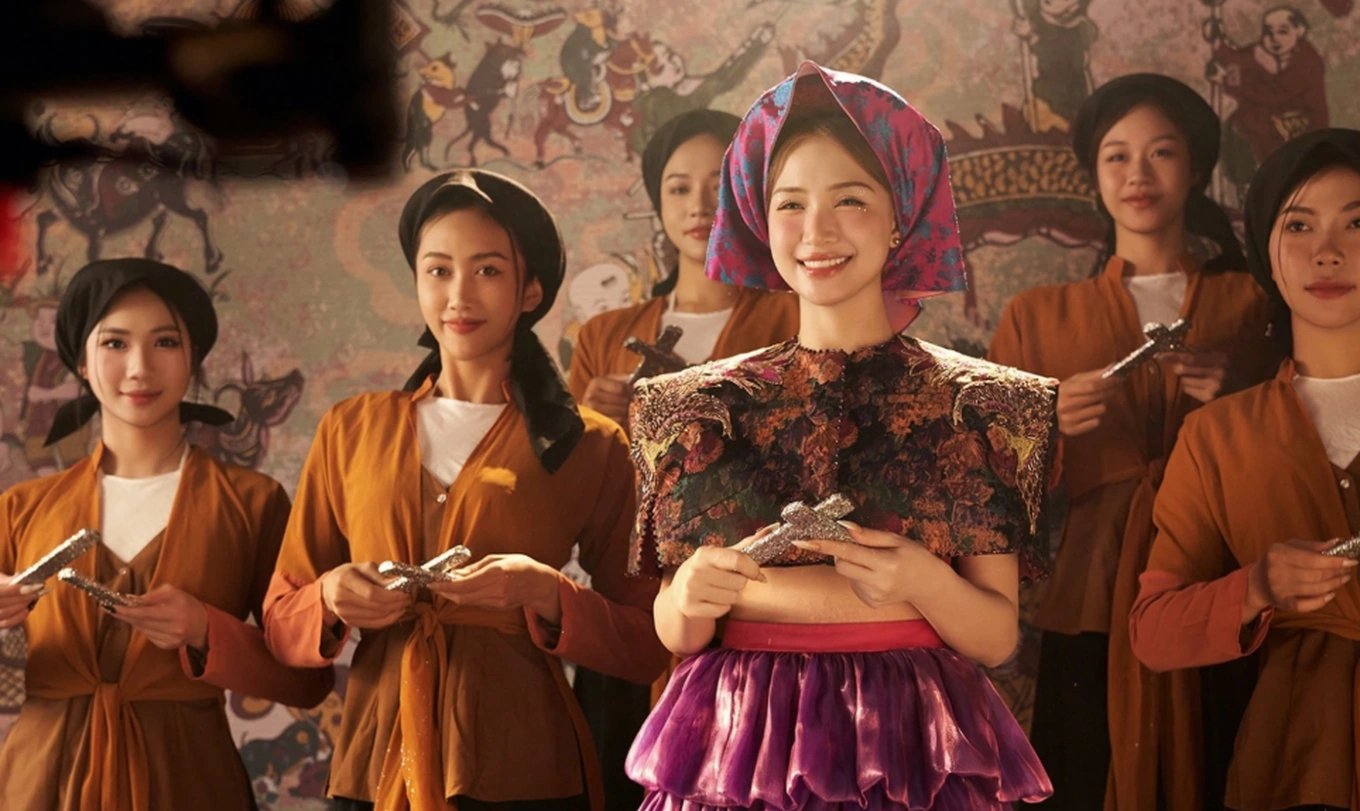
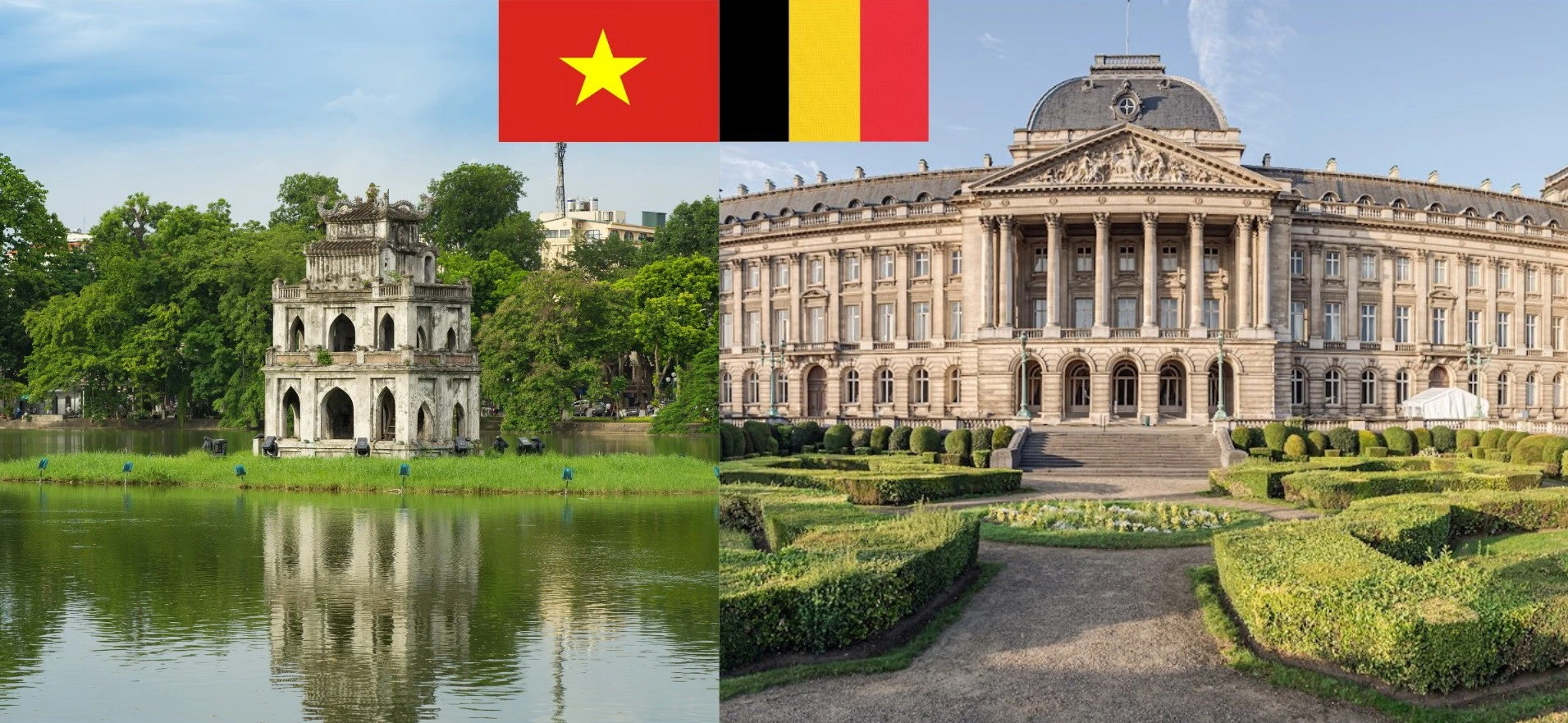
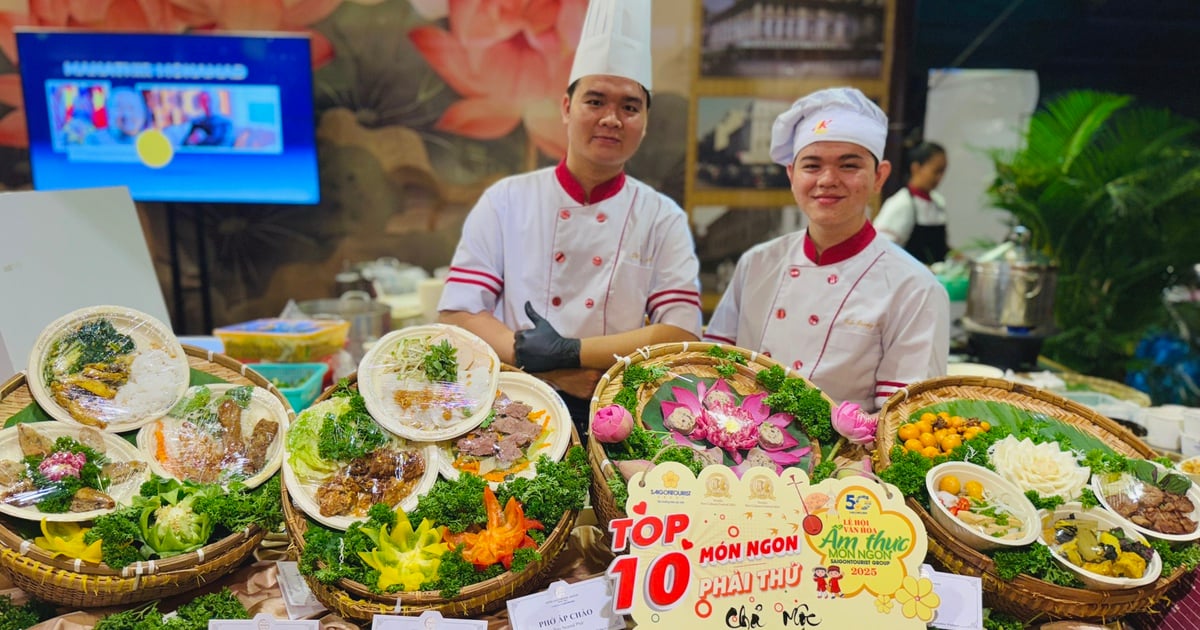
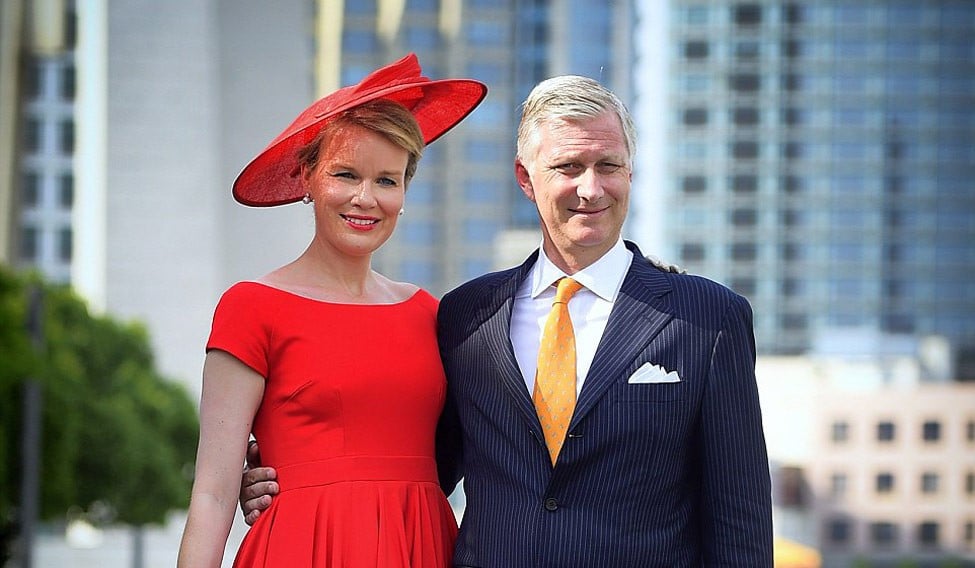


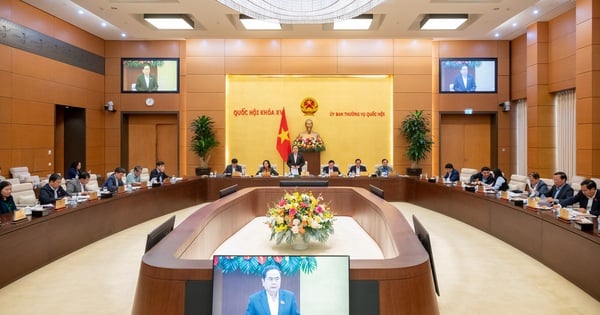
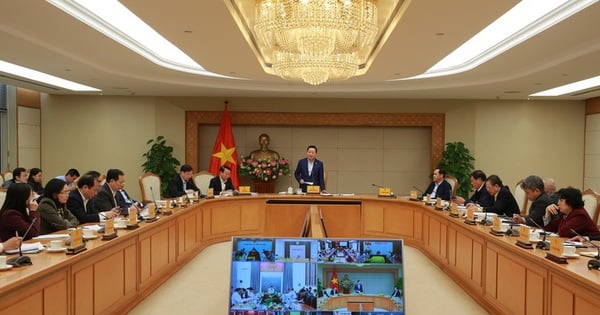
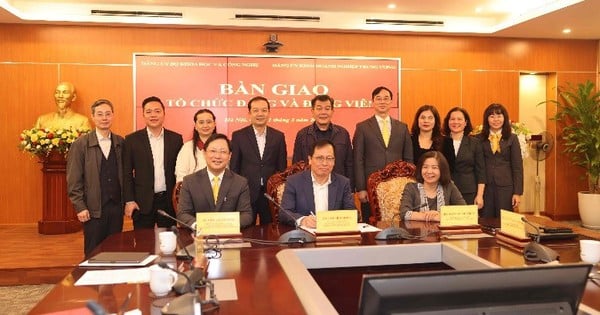




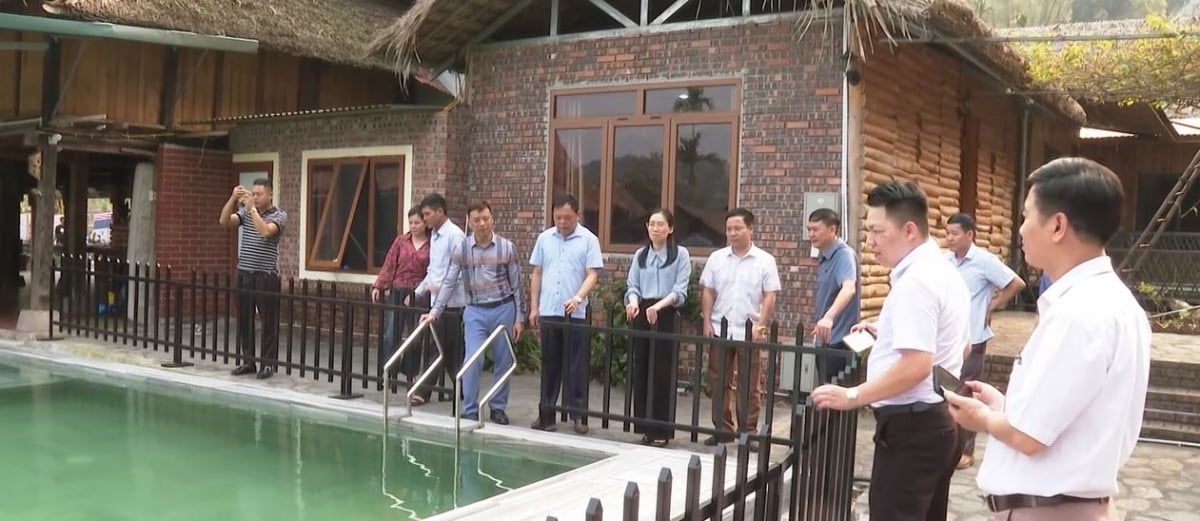



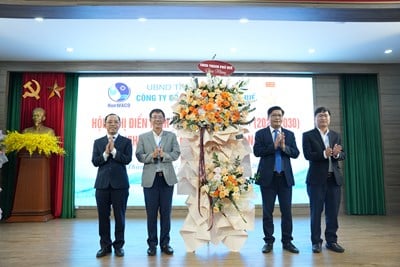
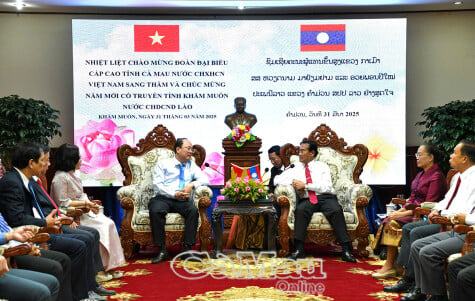


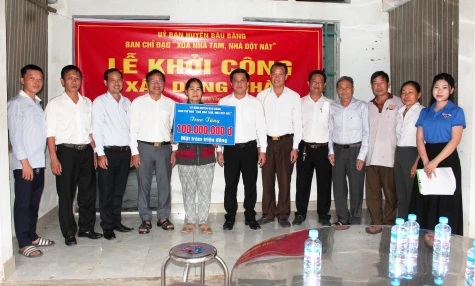









![[REVIEW OCOP] An Lanh Huong Vet Yen Cat](https://vstatic.vietnam.vn/vietnam/resource/IMAGE/2025/3/27/c25032328e9a47be9991d5be7c0cad8c)

Comment (0)